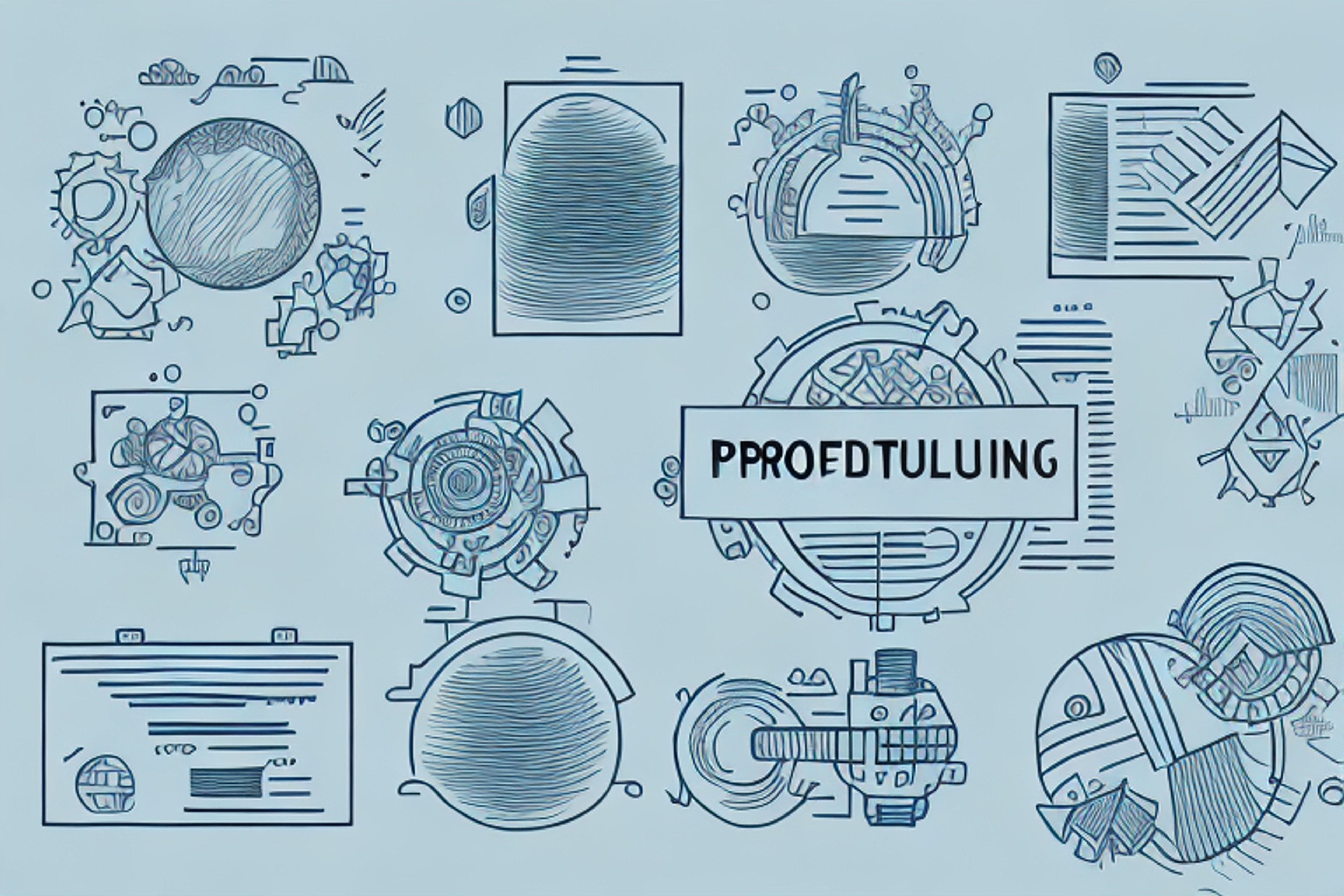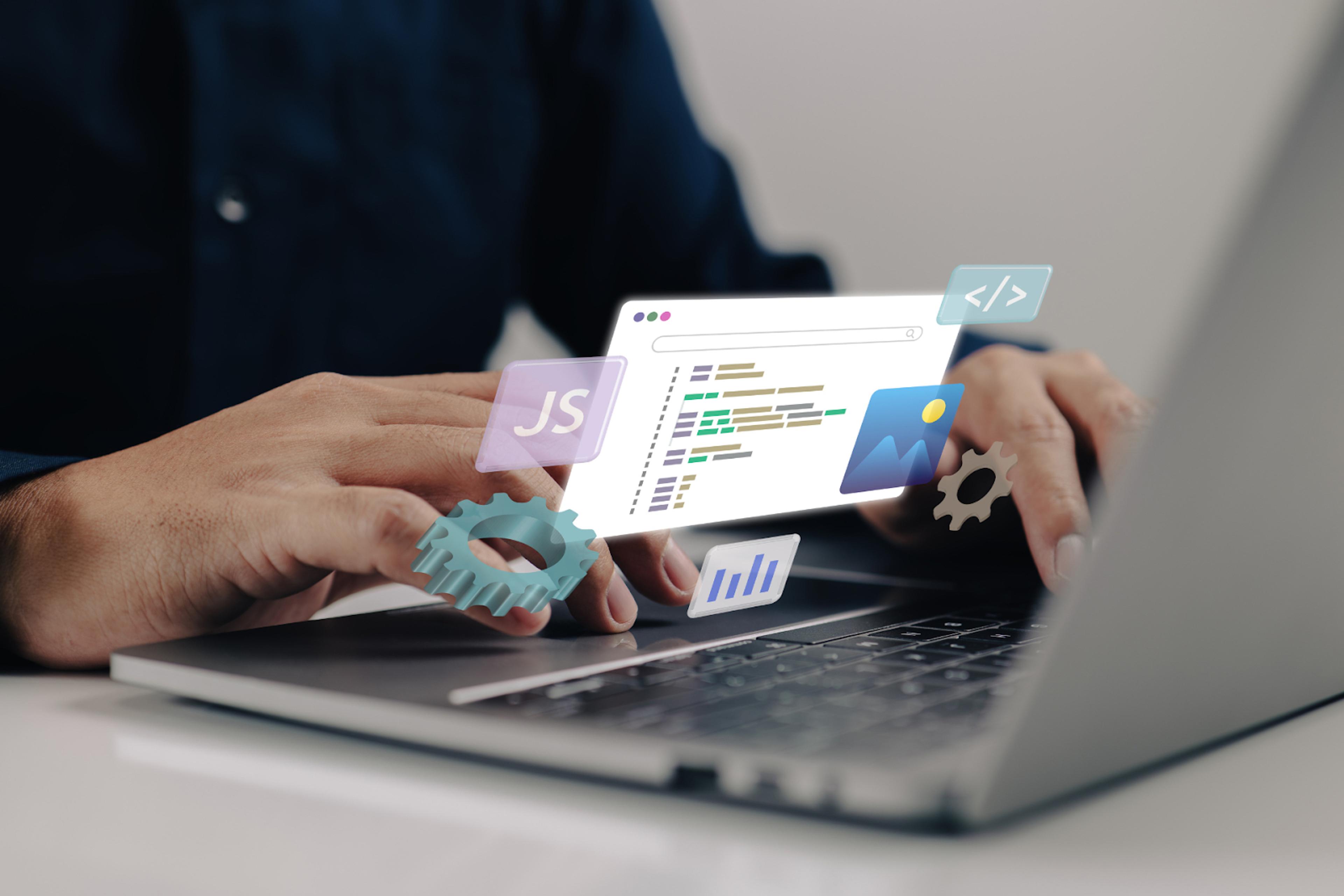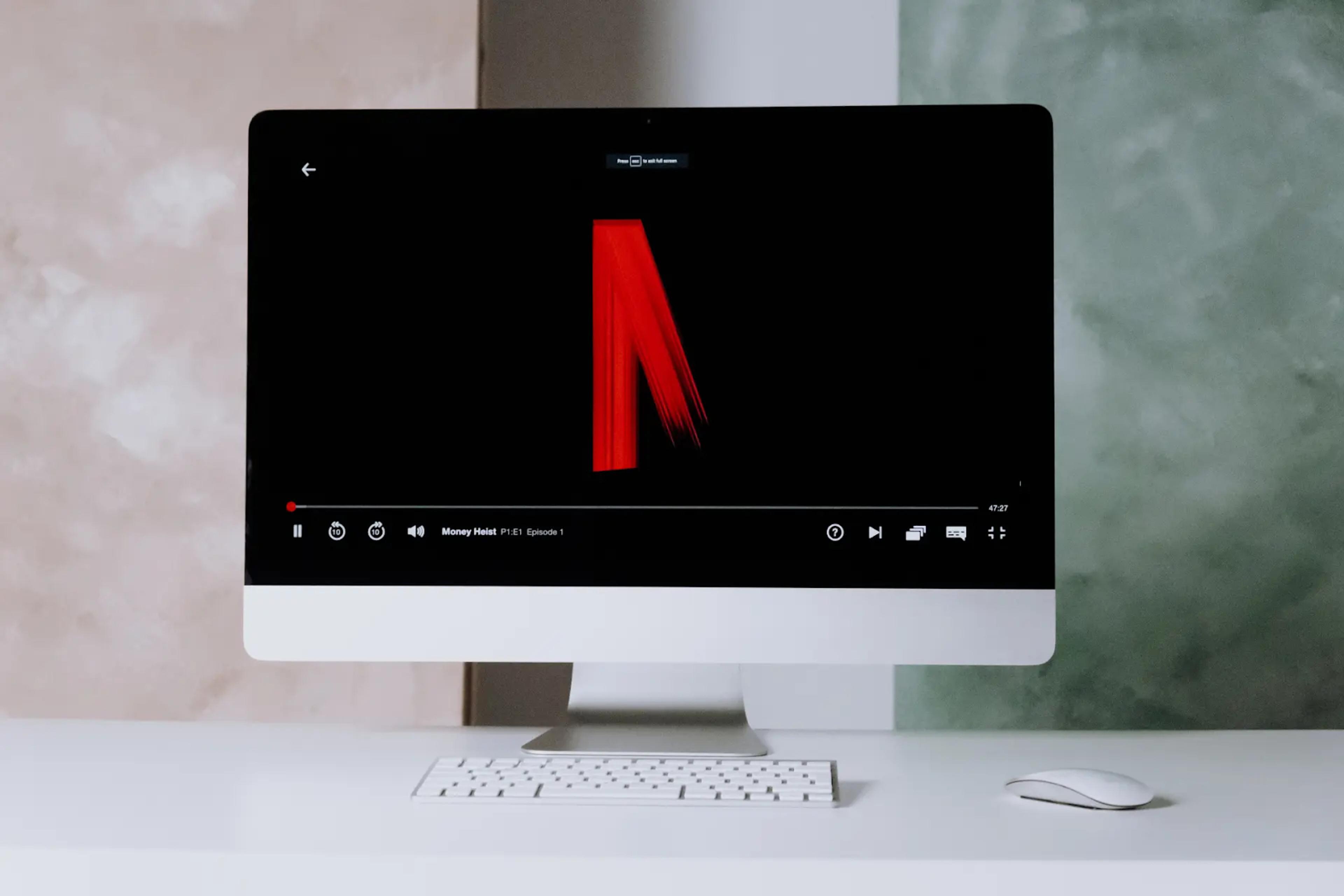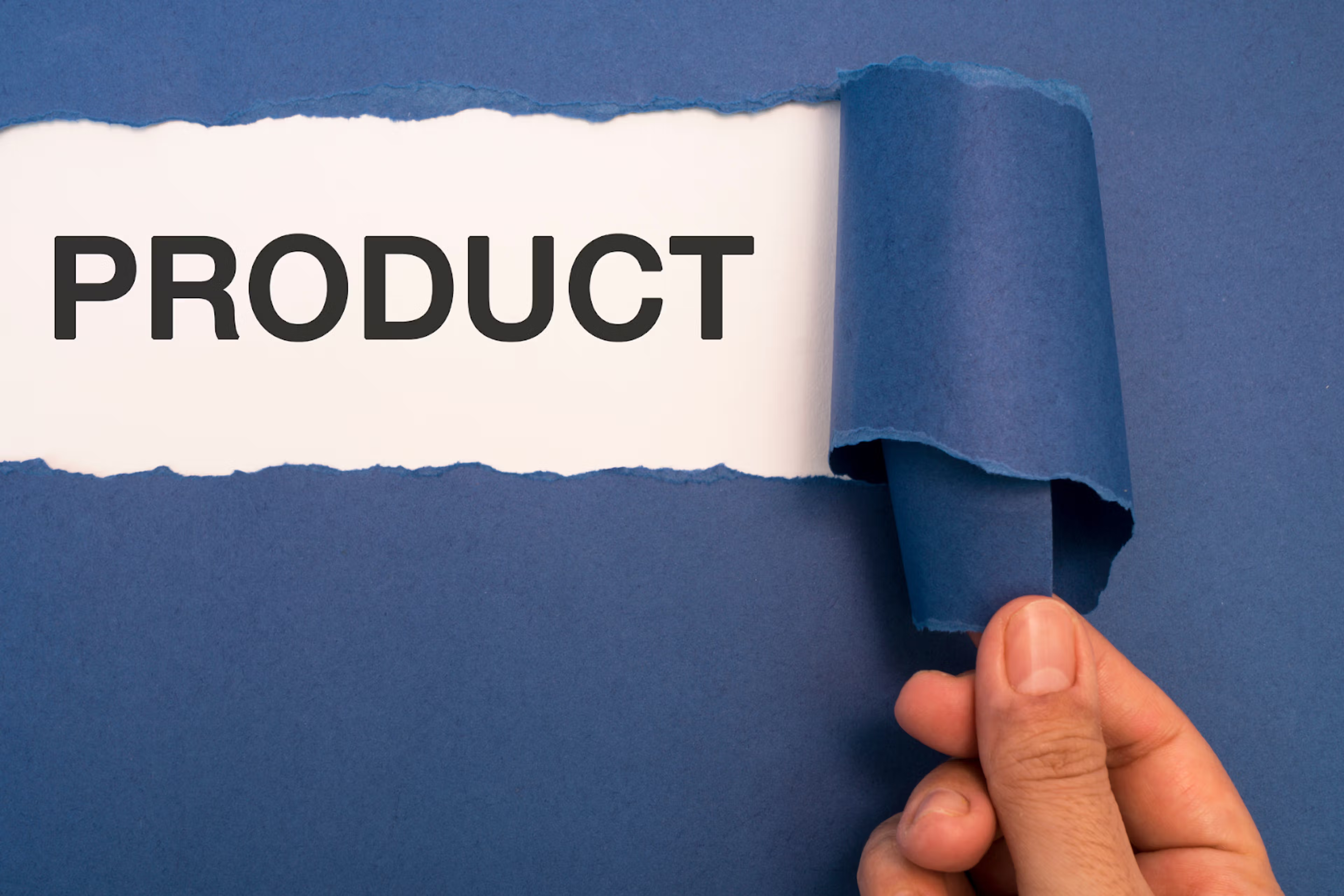The Different Phases of Product Development and How to Navigate Them
Learn about the different phases of product development and how to successfully navigate each one.
Posted March 6, 2025

Table of Contents
In today's competitive business environment, product development is an essential process. Whether you are a small business owner or a large corporation, you need to create and launch new products to stay relevant and meet the needs of your customers. However, developing a product can be complex and challenging, with multiple phases that require careful planning and execution. In this article, we will explore the different phases of product development and provide advice on how to navigate them successfully.
Understanding the Product Development Process
The product development process involves several stages that begin with the generation of ideas and end with the launch of a new product. A successful product development process requires a cross-functional team that includes designers, engineers, marketers, and project managers. It also requires a significant investment of time and resources. However, when executed correctly, it can lead to the creation of innovative, high-quality products that meet customer needs and drive business growth.
The first stage of the product development process is idea generation. This involves brainstorming sessions, market research, and customer feedback to identify potential product ideas. Once a promising idea is identified, it moves on to the next stage, which is product design. During this stage, the product is designed and prototyped, and feedback is gathered to refine the design.
The next stage is product testing and validation. This involves testing the product in real-world scenarios to ensure that it meets customer needs and functions as intended. Any necessary adjustments are made during this stage. Finally, the product is launched, and marketing efforts are put in place to promote it to potential customers. Ongoing monitoring and feedback collection are also important to ensure that the product continues to meet customer needs and remains competitive in the market.
Ideation: The First Step in Product Development
The ideation phase is where the product development process begins. During this phase, the team generates multiple ideas and evaluates them based on their feasibility, potential market size, and potential revenue. Effective ideation requires creativity, curiosity, and an open mindset. The ideation phase can be the most exciting part of the product development process, but it is also the most critical as it sets the foundation for the rest of the process.
One of the key challenges during the ideation phase is to strike a balance between generating a large number of ideas and ensuring that they are all relevant to the product being developed. It is important to keep the end user in mind and to focus on solving their problems or meeting their needs. This can be achieved by conducting market research and gathering feedback from potential customers.
Another important aspect of the ideation phase is to create a culture of innovation within the team. This can be achieved by encouraging everyone to share their ideas, no matter how unconventional they may seem. It is also important to create an environment where failure is seen as an opportunity to learn and improve, rather than a reason to give up. By fostering a culture of innovation, the team can generate more ideas and increase the chances of developing a successful product.
Conducting Market Research to Identify Opportunities
After generating several product ideas, the next step is to conduct market research to identify opportunities. Market research allows you to understand customer needs, preferences, and pain points. By gathering data from multiple sources, including surveys, focus groups, and industry reports, you can gain insights that will guide your product development strategy. Market research also helps you evaluate the competition, identify gaps in the market, and develop a competitive positioning strategy.
It is important to note that market research should be an ongoing process, not just a one-time event. As customer needs and preferences change, so do market opportunities. Regularly conducting market research can help you stay ahead of the competition and adapt to changing market conditions. Additionally, it is important to ensure that the data you gather is accurate and reliable, as decisions based on faulty data can lead to costly mistakes. By investing time and resources into market research, you can increase the chances of success for your product and business.
Defining Your Target Audience and Buyer Persona
Defining your target audience is a crucial step in product development. By identifying your target audience, you can create a product that meets their needs and appeals to their preferences. Your target audience can be defined based on demographics, psychographics, behavior, or other criteria. A buyer persona, which is a fictional representation of your ideal customer, can help you visualize your target audience and develop products that resonate with them.
Creating a Prototype: The Proof of Concept
The next step in product development is to create a prototype or proof of concept. A prototype is a preliminary version of the product that allows you to test its functionality, design, and features. Prototype testing provides valuable insights into your product's strengths and weaknesses and gives an opportunity to make necessary changes before moving forward. A prototype can be developed using various techniques, including 3D printing, product simulation, or manual assembly.
Designing and Developing the Product: From Concept to Reality
The design and development phase is where your product starts to take shape. During this phase, the team develops a detailed product specification, including the product's design, features, materials, and manufacturing process. The team also creates a development timeline, resource plan, and budget to ensure that the project stays on track. Effective communication, collaboration, and project management are essential during this phase to avoid delays and ensure that the project stays within budget and scope.
Testing and Validating the Product: Ensuring Quality and Functionality
Once the product is designed and developed, it is time to test and validate it. Testing and validation involve evaluating the product for functionality, reliability, and quality. The product must meet set standards and specifications, and any defects must be identified and rectified before launch. Testing and validation include user testing, performance testing, and quality control processes.
Launching the Product: Getting it to Market
After the product has undergone testing and validation, it is time to launch it into the market. The launch phase involves developing a comprehensive marketing and sales plan that includes advertising, public relations, packaging, pricing, and distribution. Effective launch planning requires understanding the market, identifying unique selling points, and developing a compelling value proposition. A successful launch requires effective execution and ongoing monitoring to ensure that the product meets expectations.
Marketing the Product: Building Awareness and Generating Interest
Marketing is an essential part of the product development process. Marketing involves creating awareness and generating interest in the product. Marketing strategies can include advertising, public relations, social media, content marketing, and influencer marketing. Effective marketing requires understanding customer needs, targeting the right audience, and developing compelling messaging that resonates with them.
Tracking Performance Metrics: Measuring Success
Tracking performance metrics is essential to evaluate the success of your product launch. Performance metrics can include sales revenue, customer satisfaction, engagement metrics, and user feedback. Effective tracking and measurement require setting clear objectives and goals and using relevant metrics to measure progress towards those goals. Real-time tracking and analysis can provide valuable insights into customer behavior, product performance, and trends that can inform future product development strategies.
Evaluating Feedback and Making Improvements
Feedback is an essential part of the product development process. Evaluating feedback helps you identify areas of improvement and develop product enhancements that meet customer needs. Feedback can come from multiple sources, including customer reviews, user testing, surveys, and focus groups. Effective feedback evaluation requires an open mindset and a willingness to make changes based on customer feedback. Incorporating customer feedback into future product development strategies can lead to more successful products and increased customer loyalty.
Overcoming Common Challenges in Product Development
Product development can be a complex and challenging process, with multiple obstacles that can slow down progress. Common challenges include resource constraints, competing priorities, changing customer needs, and technical limitations. Overcoming these challenges requires effective communication and collaboration, creative problem-solving, and a willingness to adapt to changing circumstances. Managing risks and developing contingency plans can help mitigate challenges and ensure that the product is delivered on time, within budget, and to a high standard of quality.
Tips for Navigating Each Phase of Product Development Successfully
Navigating each phase of product development requires a unique set of skills, knowledge, and expertise. Some tips for navigating each phase successfully include setting clear objectives and goals, developing a robust project plan, establishing effective communication channels, monitoring progress regularly, and identifying and addressing potential roadblocks early. Collaboration and teamwork are also critical to success, as product development requires expertise from multiple disciplines and functions.
Best Practices for Collaborating with Your Team throughout the Process
Effective collaboration is essential to the success of the product development process. Best practices for collaborating with your team throughout the process include establishing clear roles and responsibilities, setting expectations and deadlines, providing regular feedback and guidance, and creating a positive team culture. Effective collaboration also requires transparent communication, mutual respect, and a willingness to learn and grow together.
Conclusion
Product development is an essential process for businesses looking to stay relevant and meet the needs of their customers. The product development process involves several phases, including ideation, market research, prototyping, design and development, testing and validation, launch, marketing, tracking performance metrics, evaluating feedback, and overcoming common challenges. Navigating each phase of product development requires a unique set of skills and expertise and requires effective communication, collaboration, and project management. By following these best practices, businesses can create high-quality products that meet customer needs and drive business growth.

















